-
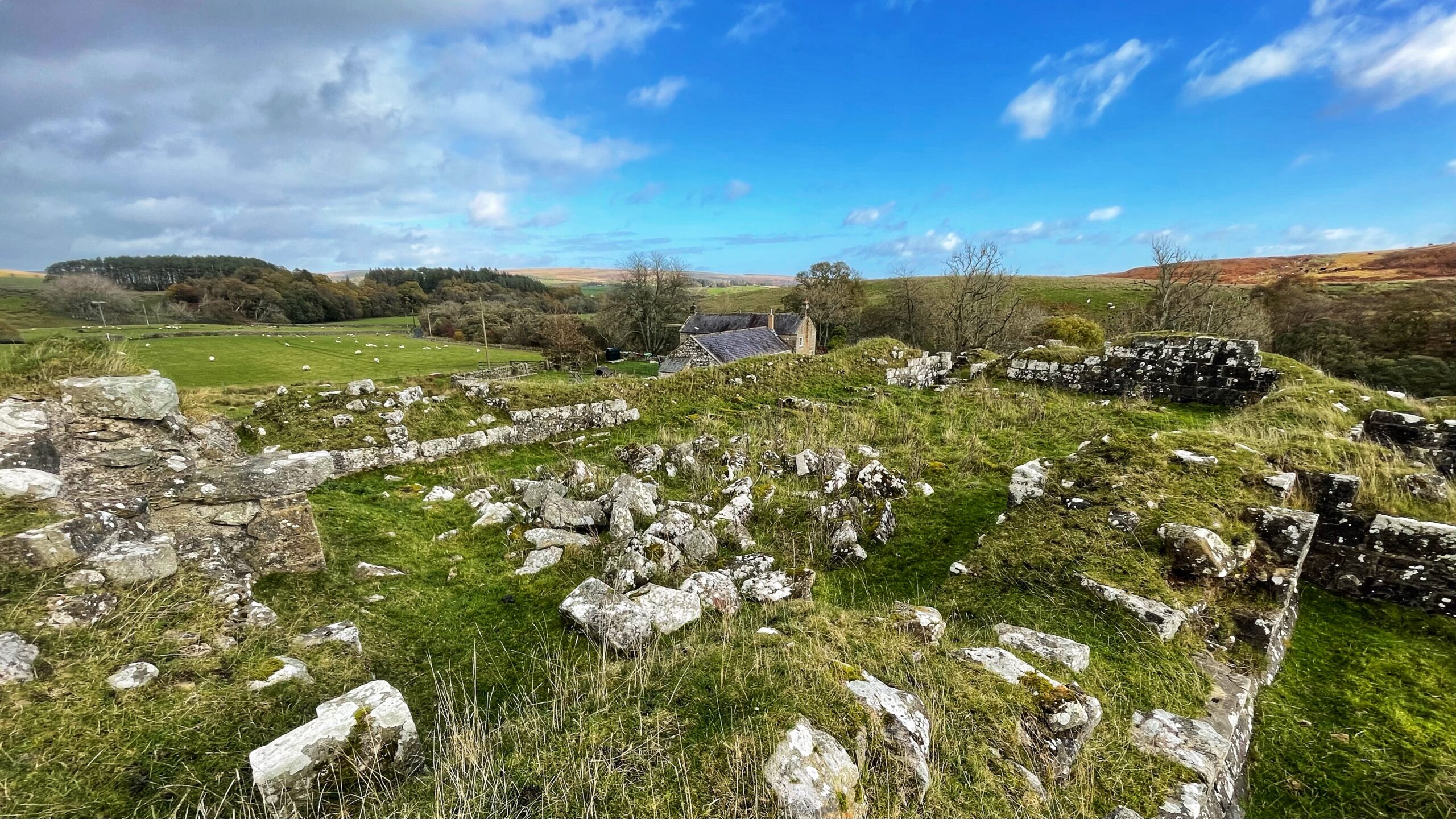
Dally Castle: Where Legend Outlasted Stone
The ruined Dally Castle in Northumberland sits on its grassy knoll like the ghost of a forgotten age. Only low walls and scattered stones remain, but they hint at a place that once surveyed the countryside with authority. The information board, in its pedantic way, insists that Dally was never a true castle at all.…
-
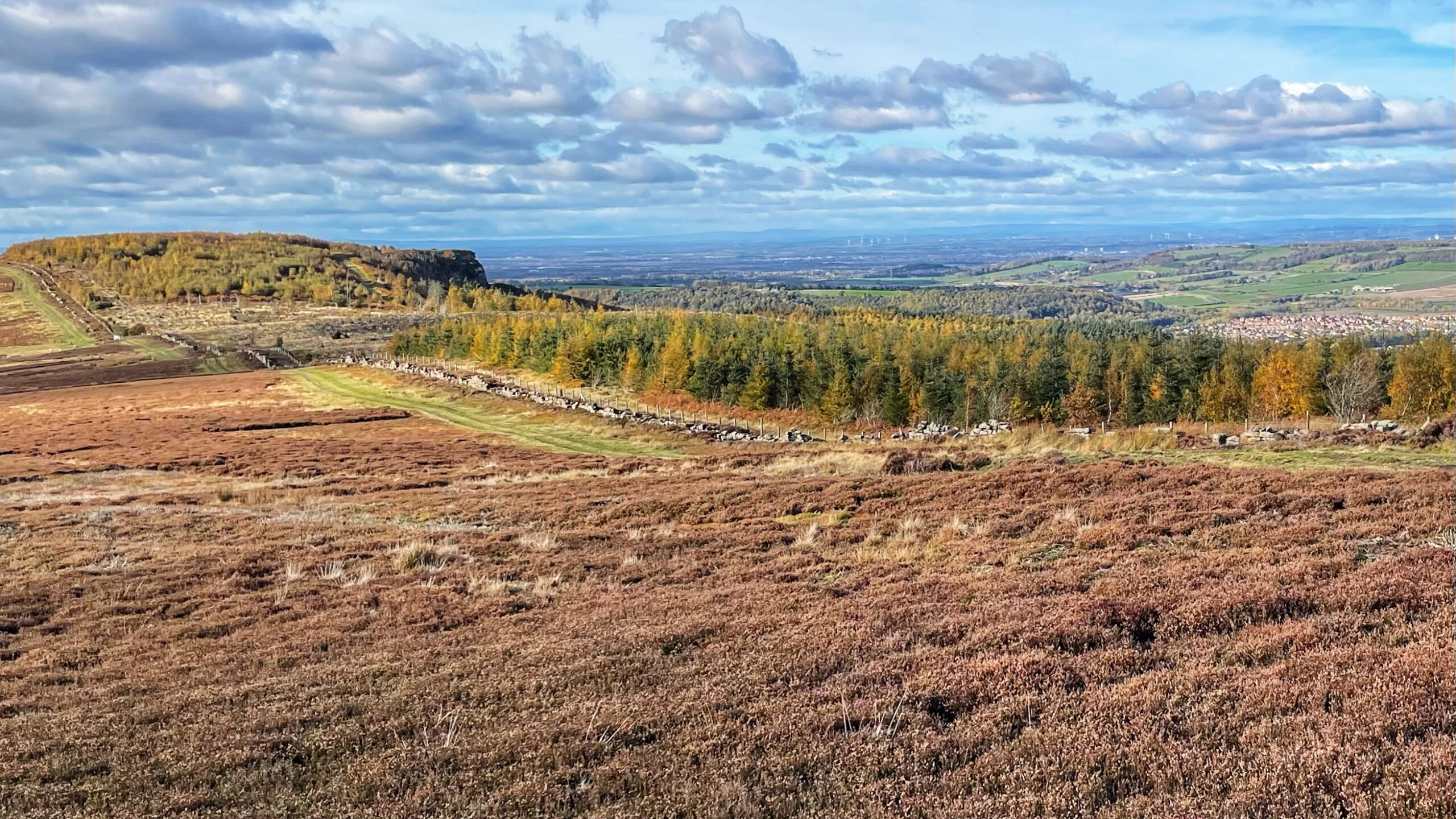
The Watchers of the Plain: Highcliff Nab in the Stone Age Landscape
From Gisborough Moor, Highcliff Nab rises starkly above the Cleveland Plain, and it is easy to imagine the lives of its earliest visitors, the Mesolithic hunter-gatherers who roamed here during six millennia before 4000 BC — 900 years before Stonehenge was even thought about. Highcliff Nab is recognised as a key site of Early Mesolithic…
-
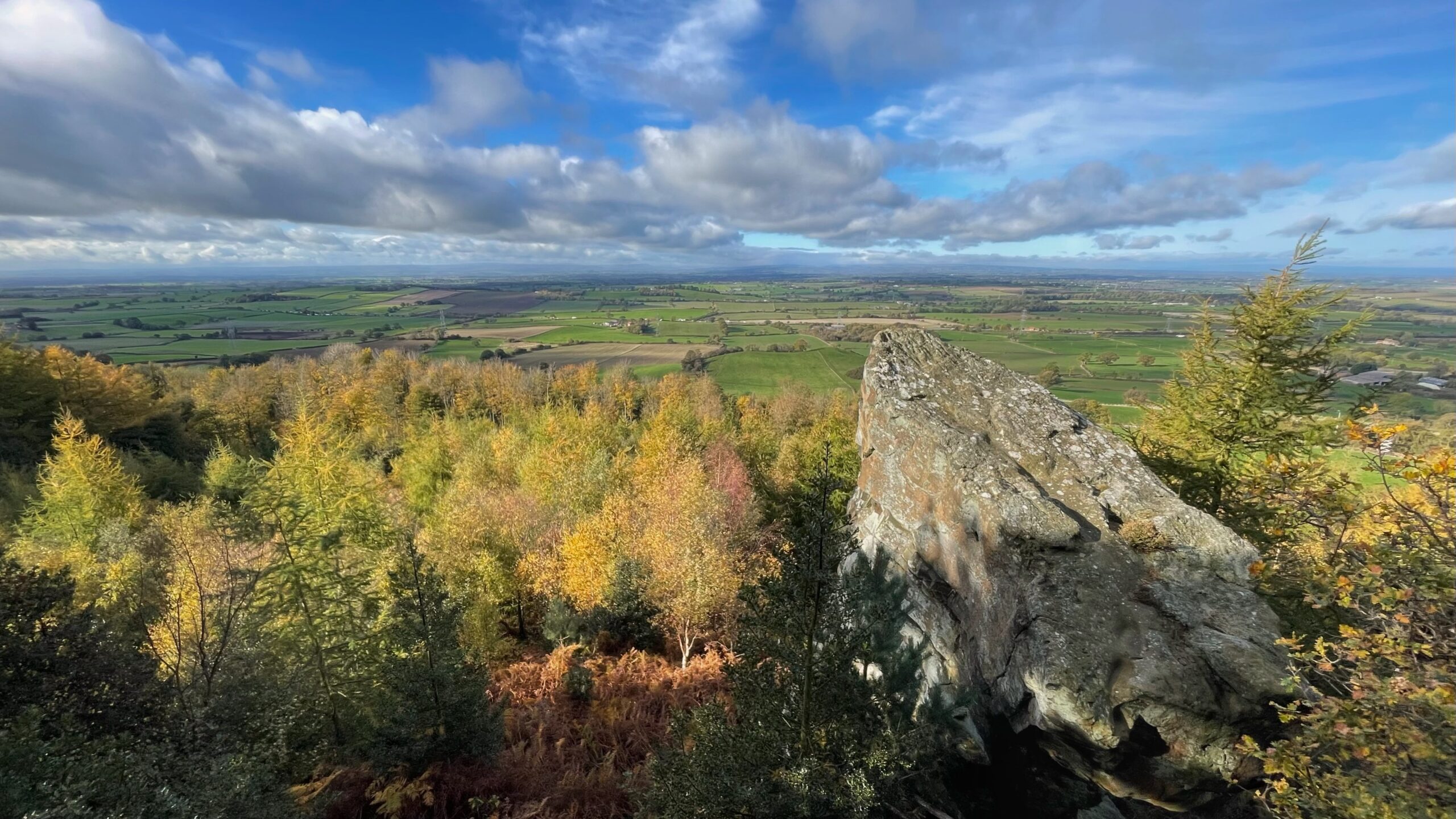
The View from the Hanging Stone
About a mile north of Over Silton, on the steep flank of Thimbleby Banks, stands a curious mass of stone known as the Hanging Stone. It is a great angular block of coarse grit, so boldly poised that it seems to hover in mid-air. Were it not hidden by the thick wood below, one might…
-
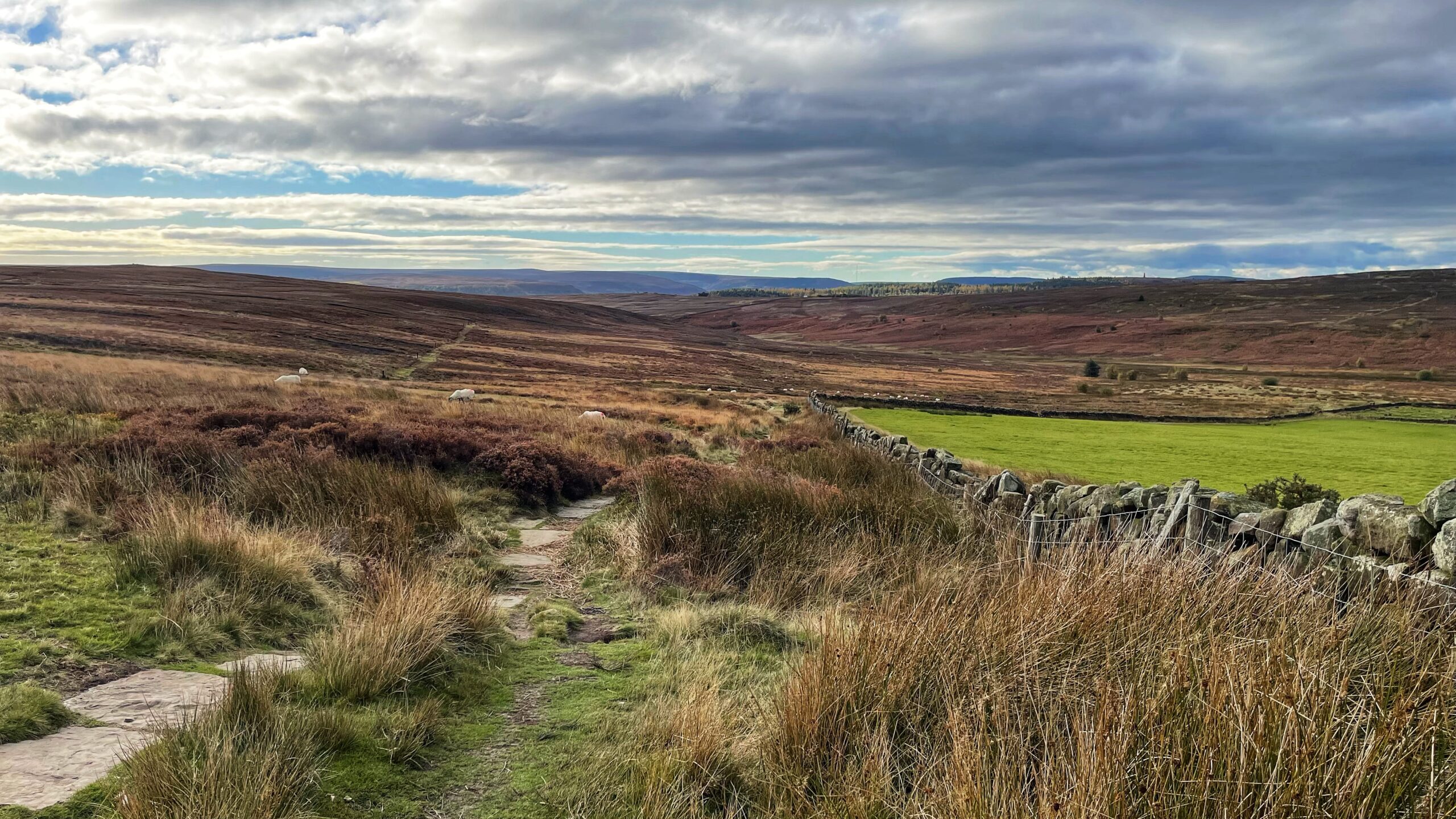
Daylight Saving: An Experiment in Collective Jet Lag
Every autumn, we perform our favorite ritual of self-sabotage: we change the clocks and then act surprised when our bodies protest. The great “extra hour of sleep” myth returns, while our circadian systems quietly implode. And tonight’s the night, as the clocks are about to jump back, our bodies will begin their hormonal bedtime symphony.…
-
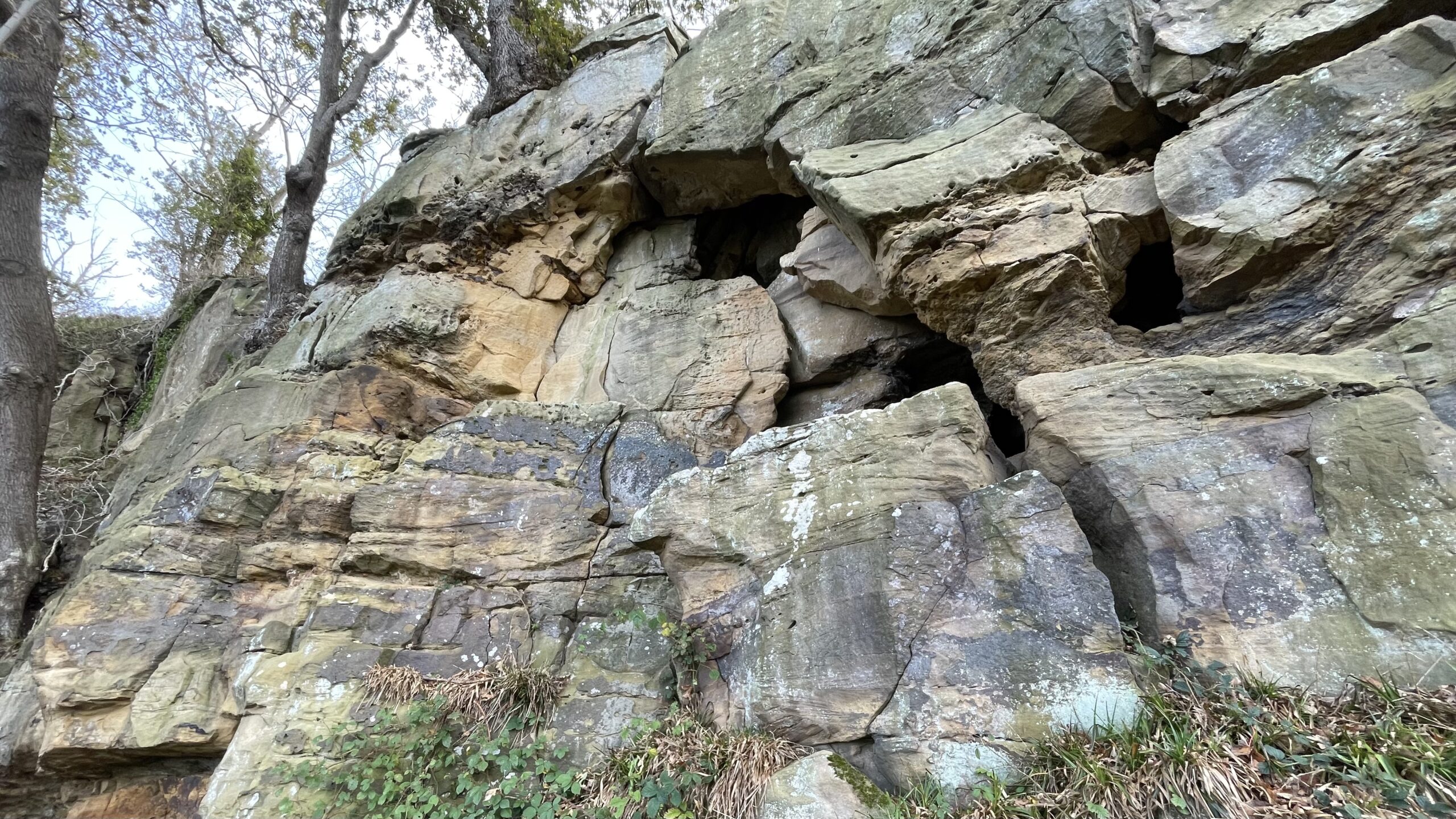
Hobthrush Hall
High above the village of Over Silton, recent felling has exposed cliffs that rear up like the broken ramparts of some forgotten fortress, appropriately named The Scarrs. Here lies a cleft in the rock known as Hobthrush Hall. The locals call it a cave, though it feels more like the scar of something ancient and…
-
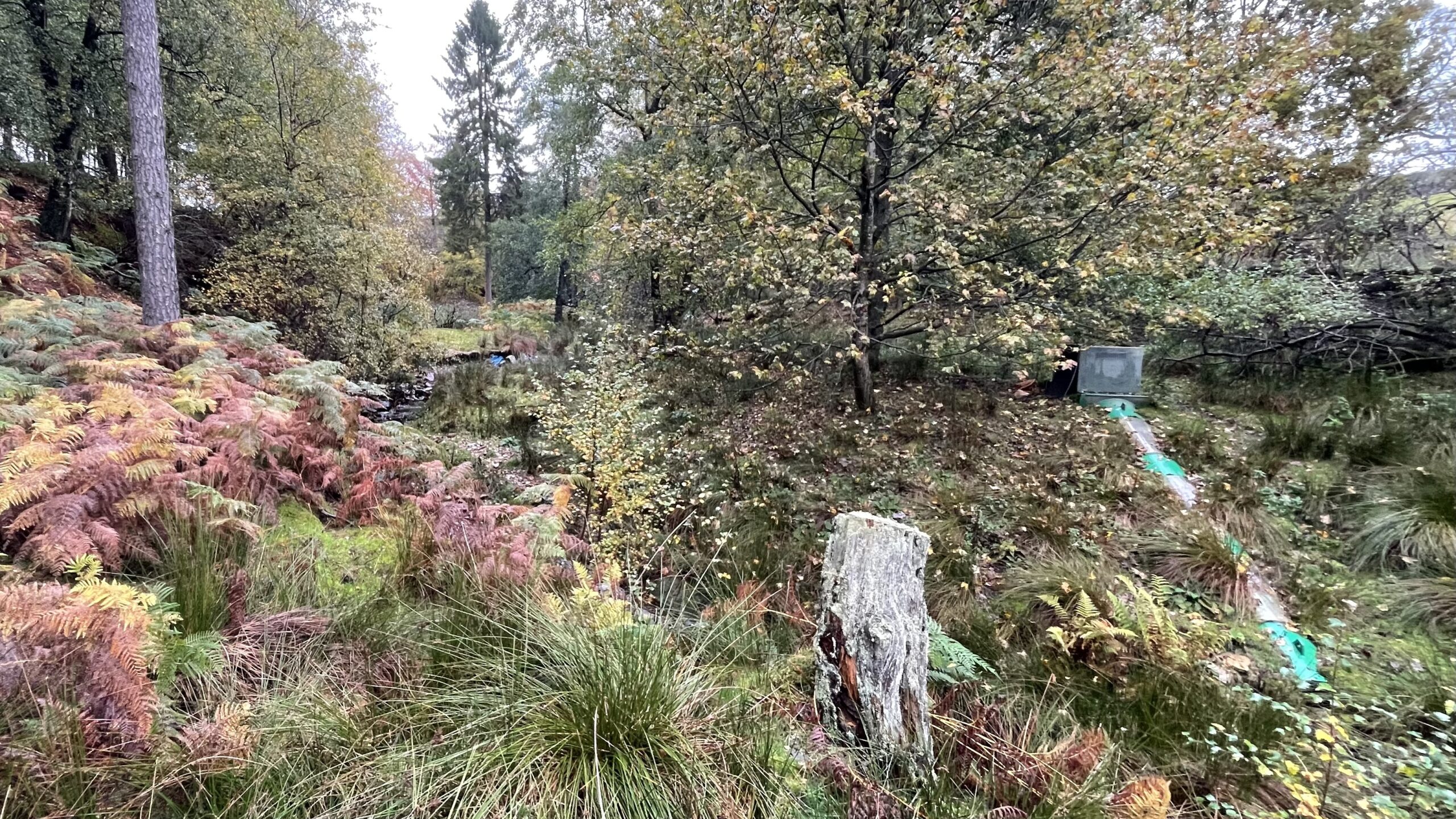
Electricity and Etymology at Bonfield Ghyll
An Archimedes Screw, housed in a green and white casing, tames the restless waters of Bonfield Gill. The view looks upstream, where the beck threads through a small patch of woodland dominated by birch. Autumn has arrived with its full painter’s palette: russet bracken, lush green grasses, and a mossy tree stump that seems to…
-
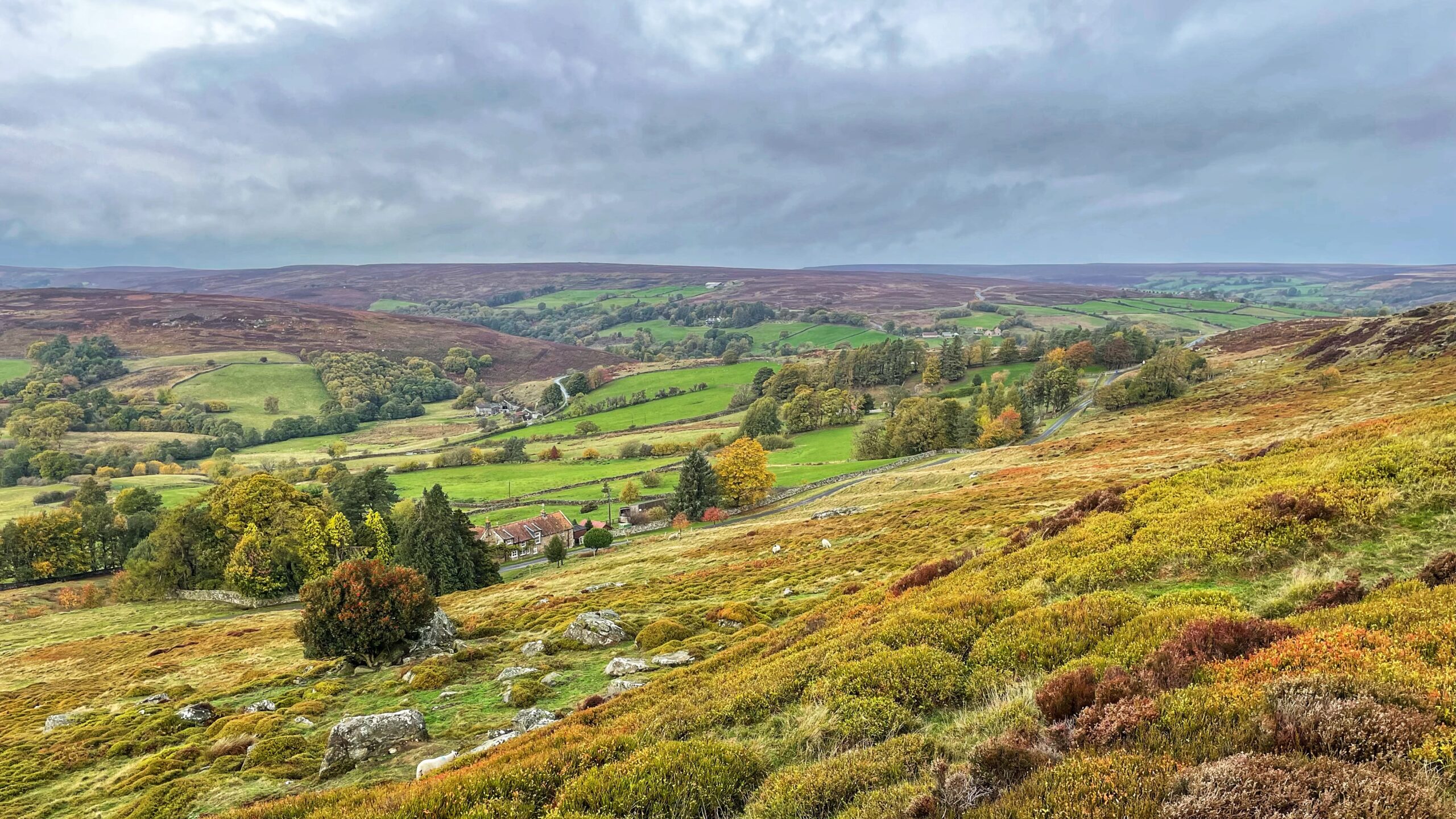
Folklore, Foxes and the Turf: The Life of John Fairfax-Blakeborough
Another view of Low House in Westerdale, this time from the south-east. As mentioned yesterday, this was once the home of John Fairfax-Blakeborough, folklorist, writer, and stalwart of old Cleveland. Major John Fairfax-Blakeborough (1883–1976) first saw the light of day in Guisborough on 16 January 1883. Known as Jack, he was the son of Richard…
-
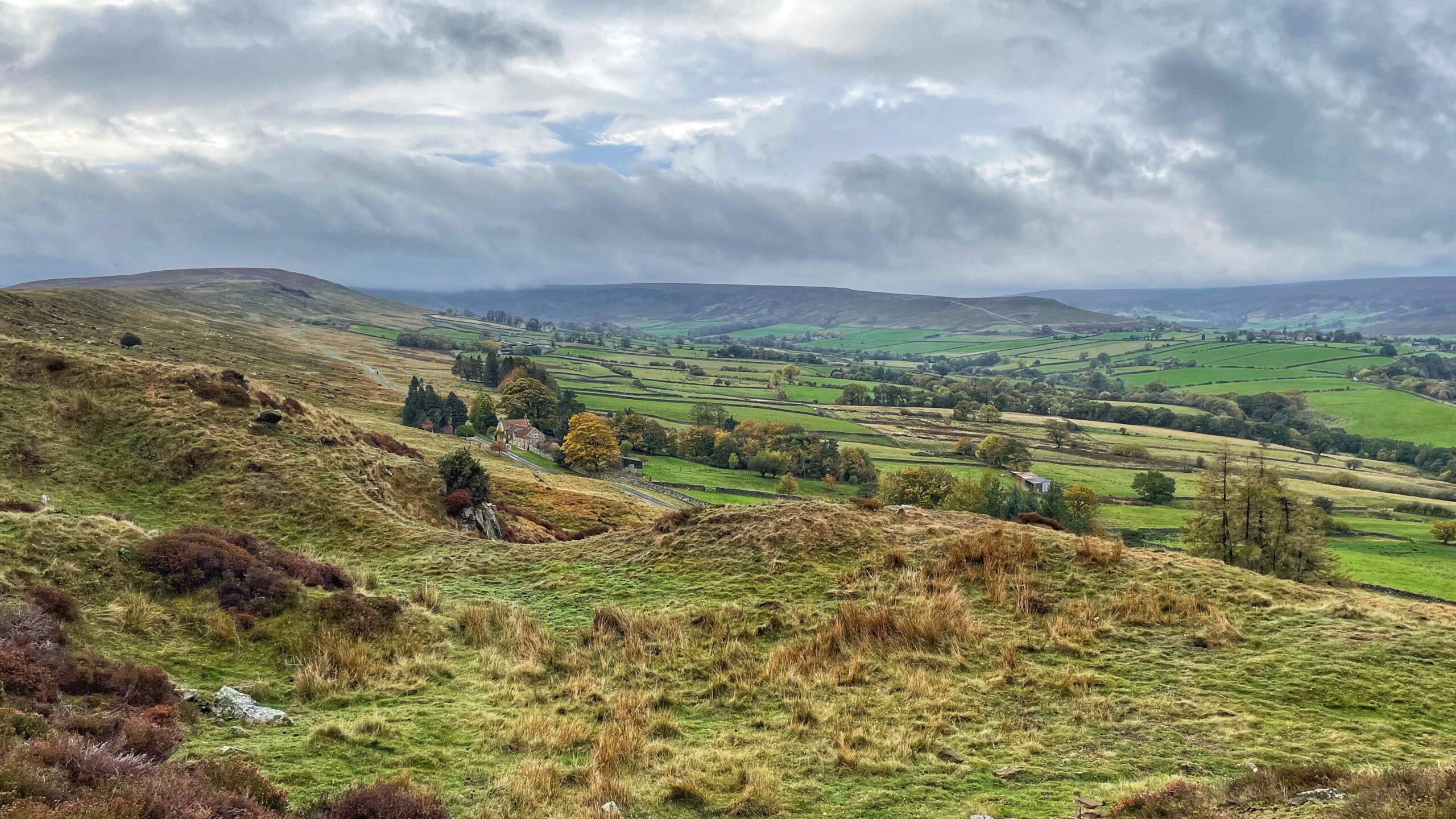
Barwykerowe: The Forgotten Hamlet beneath Castleton Rigg
Castleton Rigg is one of those places everyone knows from the car window yet almost no one bothers to walk upon. I can remember only two previous visits, one before and one after the arrival of that monstrous vanity project masquerading as public art (here and here). Today’s visit offered then the chance to look…
-
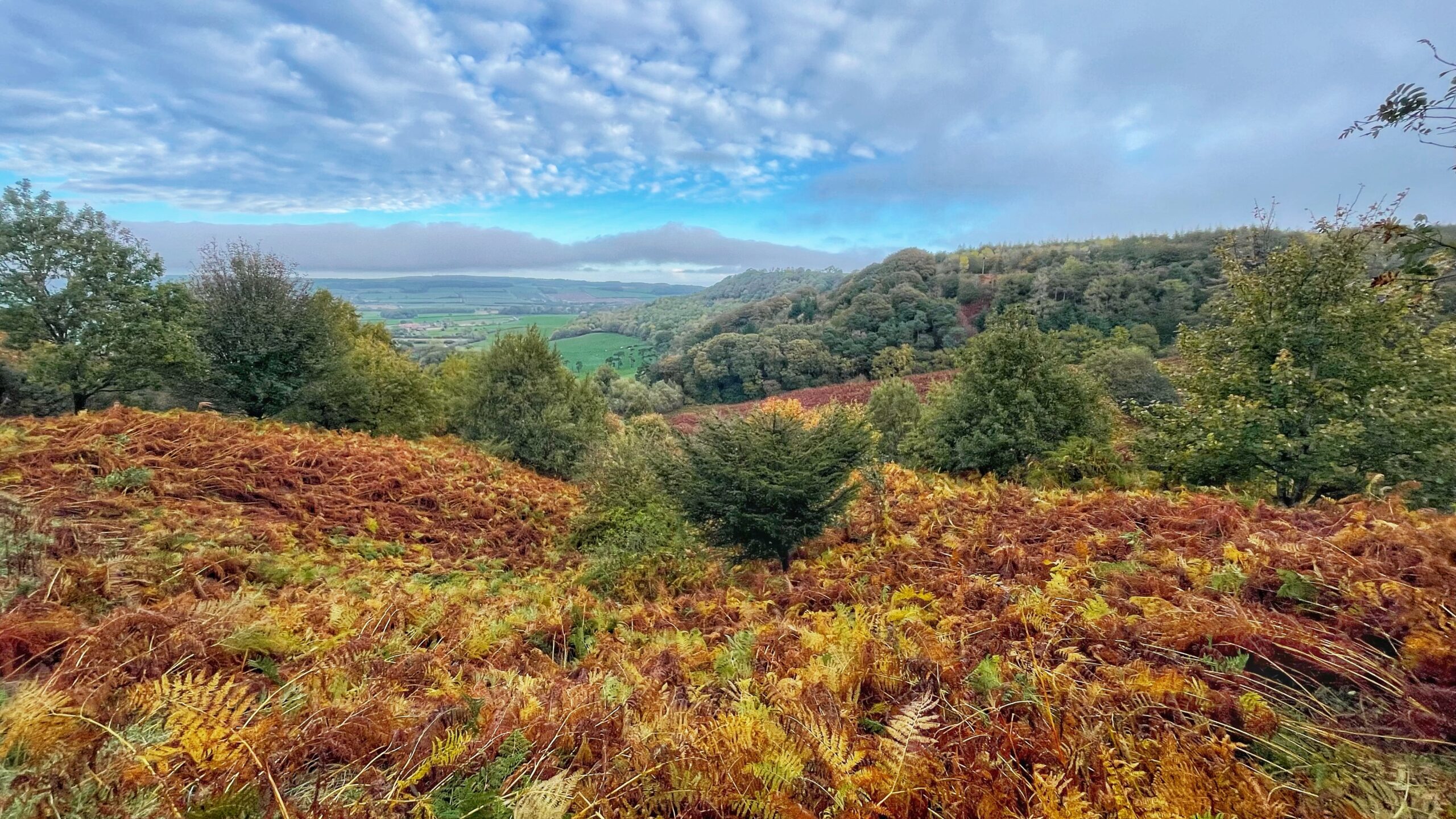
Autumn’s Splendour and Shadow
Autumn colours never repeat themselves. Some years they dazzle, others they merely please, yet always they seem above the average. This season the woods and commons are blaze with bronze oaks, copper beeches, flashes of yellow, and the odd scarlet sentinel. Only the ash stands bare and grey, its leaves long gone. Even the bracken…
-

Boltby Scar: The Quarry That Fetched Four Bob a Ton
A view along Boltby Scar, on the western edge of Hambleton Down, where the wind brushes across an Iron Age promontory fort and ancient round barrows. Beneath them lies a long-abandoned limestone quarry, silent now, but once echoing with the clang of hammers and the groan of wagons. Nearly a century ago, in 1927, it…
Care to comment?